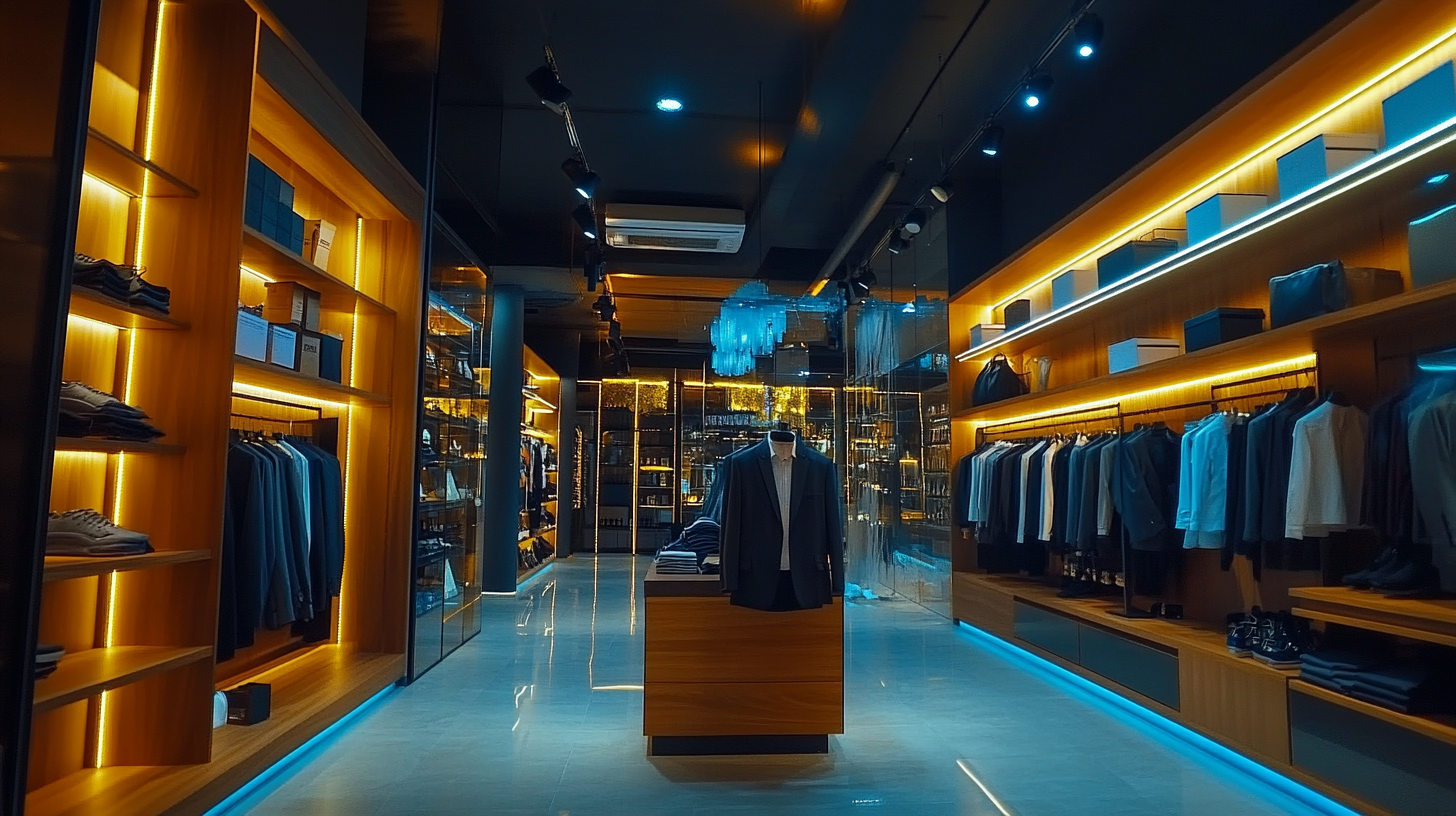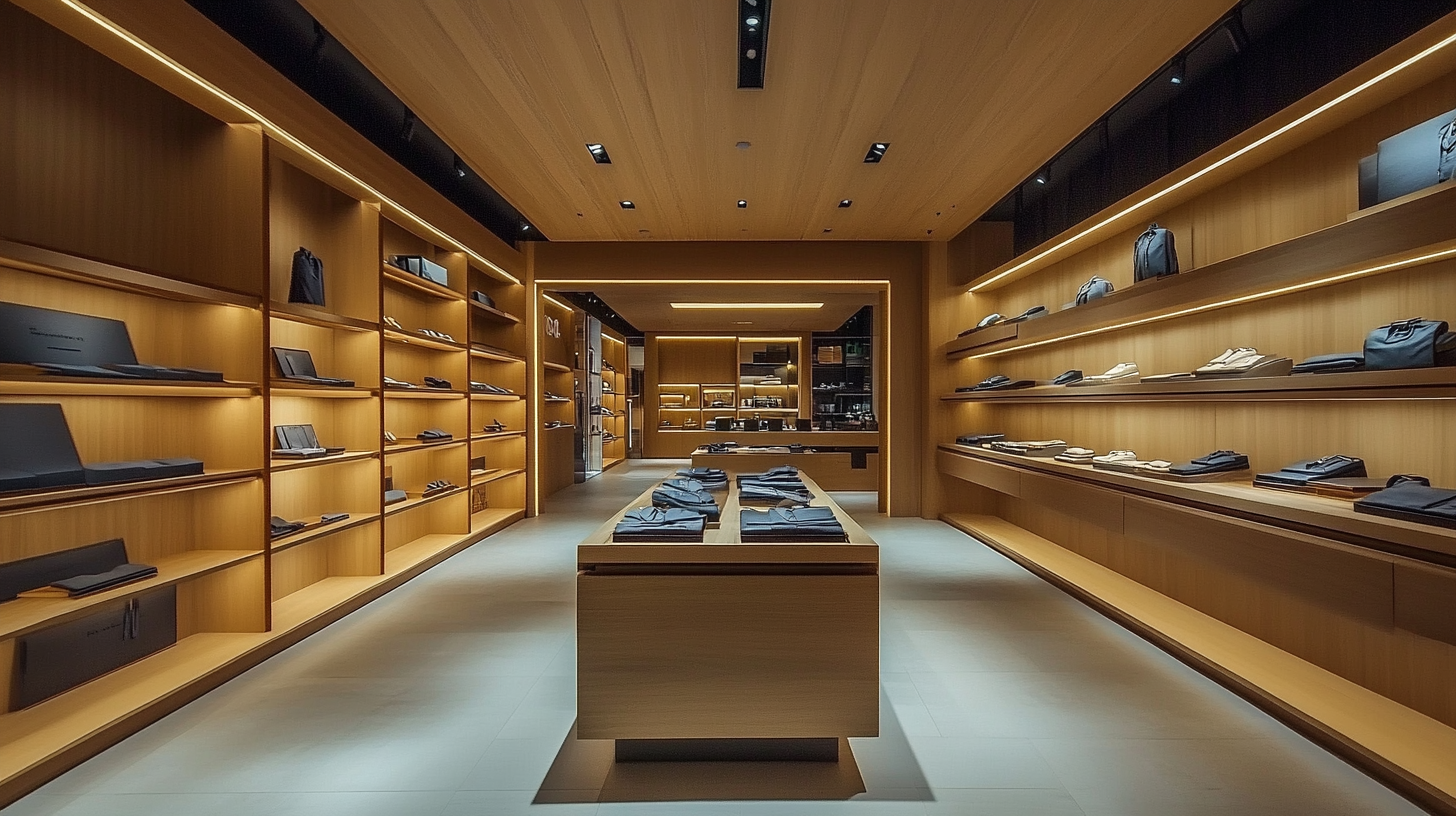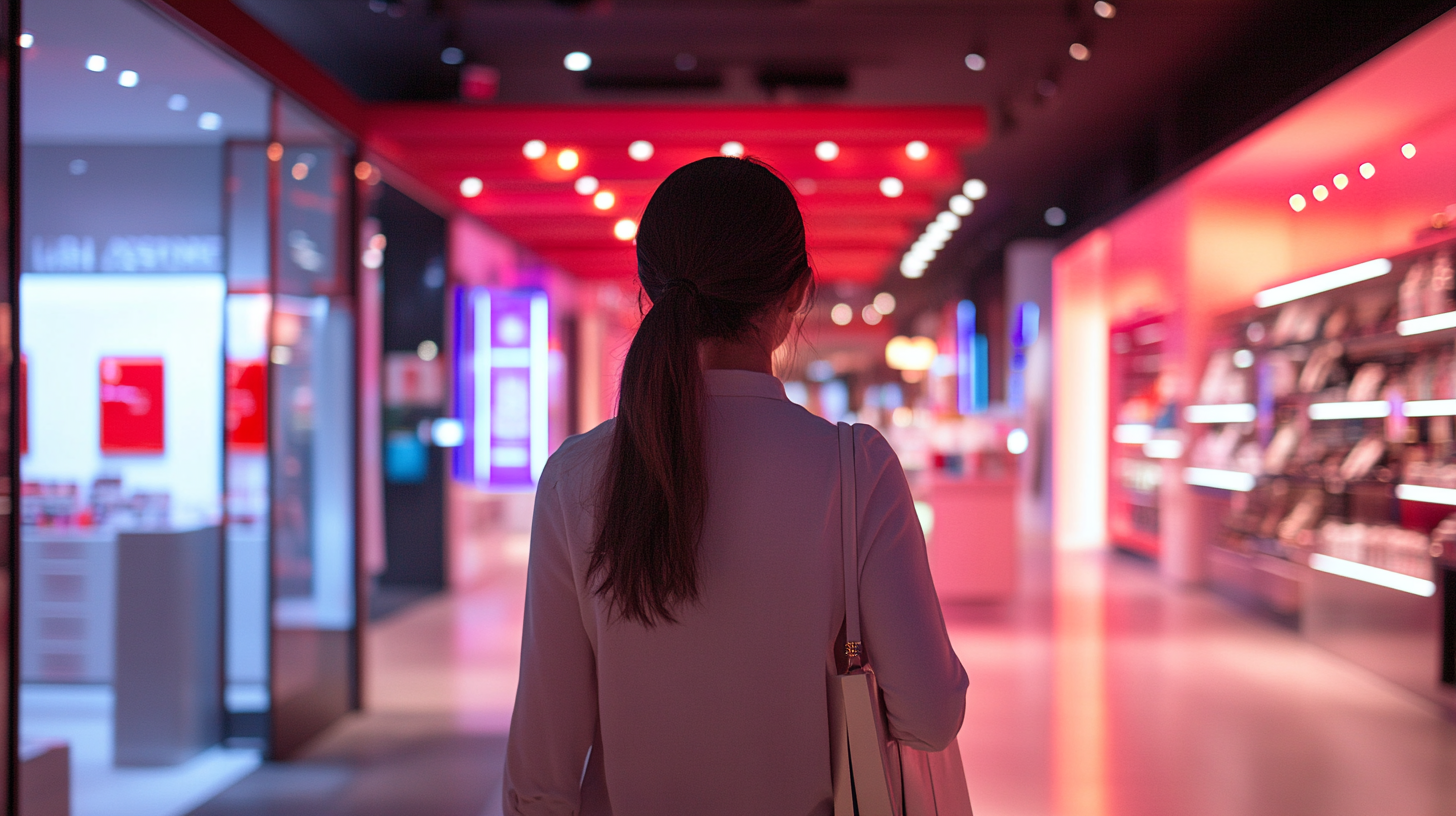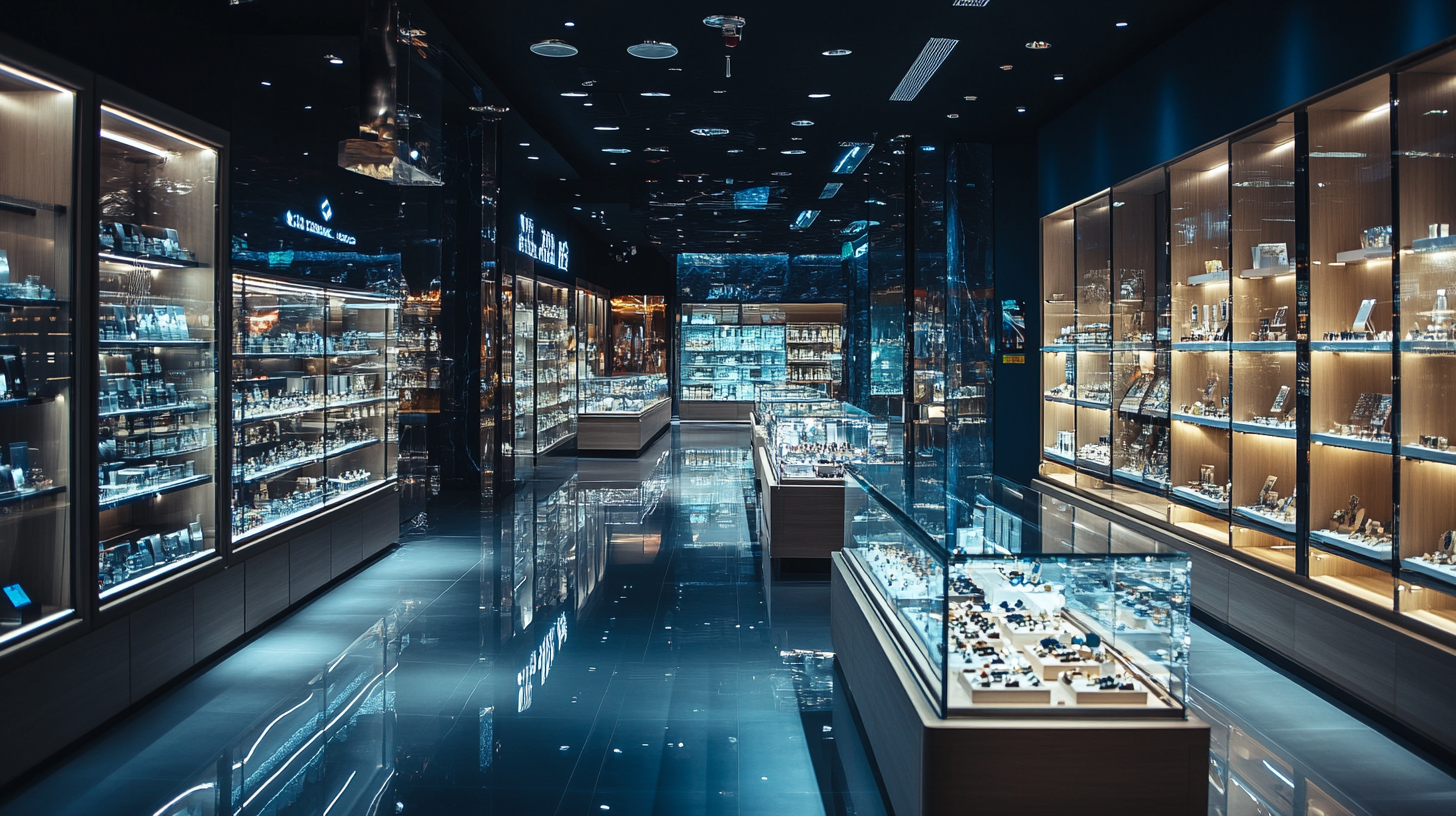Elevating Store Experience with Energy Efficient Retail Lighting Solutions for Global Buyers
In today’s competitive retail landscape, creating an inviting and memorable store experience is more crucial than ever. Retail lighting plays a pivotal role in influencing consumer behavior, enhancing product visibility, and boosting overall ambiance. As global buyers increasingly prioritize sustainability alongside aesthetic appeal, the demand for energy-efficient lighting solutions has surged. By strategically implementing innovative lighting systems, retailers can not only reduce their operational costs but also contribute positively to the environment, setting themselves apart in a crowded market.
Energy-efficient retail lighting solutions offer a dual advantage: they improve the shopping experience while aligning with the growing emphasis on sustainability. With advancements in technology, modern lighting options not only illuminate spaces effectively but also significantly lower energy consumption, making them an essential consideration for retailers looking to elevate their brand image. This blog will explore the transformative power of energy-efficient retail lighting, providing insights and solutions for retailers to enhance their store experience while catering to environmentally conscious consumers.

Innovative Lighting Technologies Transforming Retail Spaces
As the retail sector undergoes unprecedented transformation, innovative lighting technologies are playing a crucial role in enhancing store experiences. The integration of advanced lighting solutions not only revolutionizes how products are showcased, but it also contributes significantly to energy efficiency—a key consideration for retailers navigating the complexities of a digital-first world. According to the McKinsey Technology Trends Outlook 2024, advancements in smart technologies, including lighting, can lead to a reduction in energy consumption by up to 30%, allowing retailers to lower overhead costs while improving overall ambiance and shopper engagement. The emergence of digital transformation in retail necessitates that businesses adapt swiftly to stay competitive. For example, Desigo's building automation technology exemplifies the seamless integration of lighting with other building systems, optimizing functionality and enhancing the customer experience. This approach enables retailers to create dynamic environments that respond to consumer behavior in real-time, showcasing products in the best light—quite literally. As highlighted by recent reports, combining traditional craftsmanship with innovative technology not only redefines luxury lighting but also addresses the growing demand for sustainable solutions in retail spaces. Moreover, as cities like Pittsburgh embark on revitalization initiatives, enhancing the retail lighting landscape becomes a priority in fostering economic development. By investing in intelligent lighting solutions, retailers can create inviting atmospheres that draw consumers in, which is critical in an era where e-commerce continues to challenge brick-and-mortar establishments. Thus, the blend of creativity and technology in lighting design is essential for future-proofing retail spaces and transforming the shopping experience in the competitive marketplace.

Understanding the Impact of Energy Efficiency on Customer Experience
In an era where customer experience is paramount, integrating energy-efficient retail lighting solutions has become a critical strategy for global retailers. Studies indicate that about 70% of consumers are more likely to return to a store that provides an enjoyable shopping atmosphere, which directly correlates with effective lighting. Properly designed lighting not only enhances product visibility but also influences mood and purchasing decisions, leading to increased sales.
Moreover, the push for sustainability in retail is gaining momentum. According to recent industry reports, implementing energy-efficient lighting can reduce energy consumption by up to 50%. This shift not only supports environmental initiatives but also significantly lowers operational costs, creating a win-win scenario for businesses. As companies embrace these energy-efficient solutions, they also send a powerful message to consumers about their commitment to sustainability, which can enhance brand loyalty and attract environmentally-conscious shoppers.
As the retail sector grapples with evolving consumer expectations, leveraging technology to improve user experience is key. Innovations in lighting technology, such as smart lighting systems that adjust according to customer flow and natural light availability, exemplify how retailers can enhance customer interactions while reducing carbon footprints. By focusing on both energy efficiency and customer experience, retailers are poised to thrive in a competitive landscape, responding to the growing demand for sustainability and a better shopping environment.

Key Benefits of Sustainable Lighting Solutions for Retailers
In the evolving landscape of retail, sustainable lighting solutions are not just a trend but a vital strategy for enhancing store experience while reducing operational costs. Retailers around the globe are increasingly adopting energy-efficient lighting as they recognize its numerous benefits. According to a report by the U.S. Department of Energy, upgrading to LED lighting can lower energy consumption by up to 75% compared to traditional incandescent bulbs. This substantial reduction not only decreases utility bills but also helps businesses contribute to environmental sustainability.
Another key advantage of sustainable lighting is its ability to enhance the shopping experience. Well-designed lighting can attract customers, guide them through the store, and highlight products effectively. A study published in the Journal of Retailing found that appropriate lighting can significantly influence purchasing decisions, potentially increasing sales by up to 20%. Retailers implementing energy-efficient solutions find that improved ambience and visibility lead to higher customer satisfaction and longer store visits.
Additionally, sustainable lighting solutions can enhance brand reputation and loyalty. Consumers today are increasingly drawn to brands that prioritize environmental responsibility. Research from Nielsen indicates that 66% of global consumers are willing to pay more for sustainable brands. By investing in energy-efficient lighting, retailers not only fulfill corporate social responsibility goals but also appeal to their customer base, fostering a strong emotional connection that can drive repeat business.

Design Strategies for Optimal Retail Lighting in Global Markets
In the dynamic world of retail, effective lighting design plays a crucial role in enhancing the shopping experience while also promoting energy efficiency. When considering strategies for optimal retail lighting in global markets, businesses must embrace diversity in consumer behavior and cultural preferences. Each market has its unique characteristics, which can significantly influence how lighting is perceived and utilized. For instance, warm lighting may evoke comfort and familiarity in Western markets, while brighter, cooler tones might be preferred in more vibrant, energetic markets.
One key strategy is to employ adaptable lighting solutions that can be customized to suit different layouts and product displays. Using LED technology enables retailers to adjust brightness and color temperature, allowing for a versatile approach that aligns with brand identity and customer expectations. Smart lighting systems that respond to the time of day or customer flow can further enhance the shopping experience, creating inviting atmospheres that encourage longer visits and increased sales.
Additionally, sustainability should be at the forefront of retail lighting design. By choosing energy-efficient fixtures and systems, retailers not only reduce their environmental footprint but also lower operational costs. Incorporating natural light through large windows or skylights can create an inviting ambiance, while also minimizing reliance on artificial lighting. These design strategies not only meet the functional needs of global buyers but also strengthen brand loyalty and enhance the overall store experience.
Case Studies: Successful Implementations of Energy Efficient Lighting
The retail landscape is evolving, with energy-efficient lighting solutions becoming an essential component for enhancing store experience. A case study conducted by the U.S. Department of Energy shows that retailers can save 30-60% on energy costs by implementing LED lighting. This significant reduction not only decreases operational expenses but also aligns with growing consumer preferences for sustainability.
One notable example comes from a well-known fashion retailer that revamped its lighting across multiple locations. By switching to energy-efficient LED systems, the retailer reported a decrease in energy consumption by 40%, resulting in annual savings of over $100,000. Additionally, enhanced brightness and improved color rendering in the stores led to a 20% increase in customer engagement, emphasizing the link between quality lighting and consumer behavior.
Another successful implementation is seen in a large grocery chain that adopted smart lighting technology. This system adjusts lighting levels based on natural daylight, reducing energy usage by up to 50%. They also integrated motion sensors in less trafficked areas, further optimizing energy consumption. As a result, the grocery chain not only achieved substantial cost savings but also bolstered its image as an environmentally conscious brand, drawing in eco-savvy consumers.
These case studies illustrate that energy-efficient lighting is more than just a cost-cutting measure; it is a strategic advantage that enhances the retail experience. As retailers continue to prioritize sustainability, the implementation of advanced lighting solutions can serve as a beacon for attracting customers and increasing sales.

